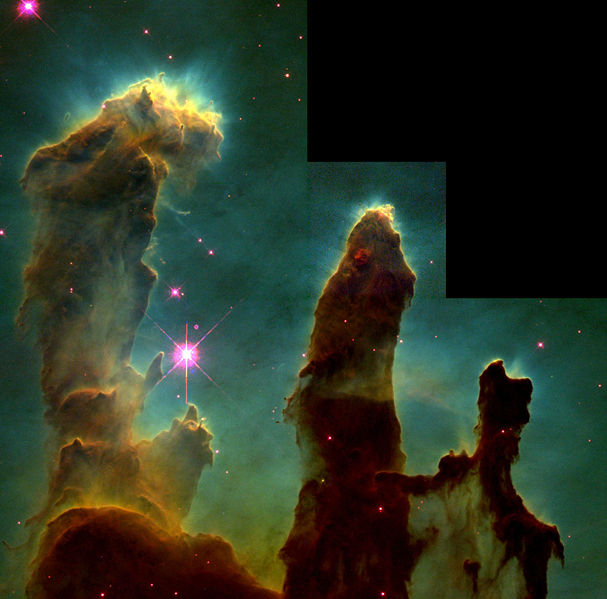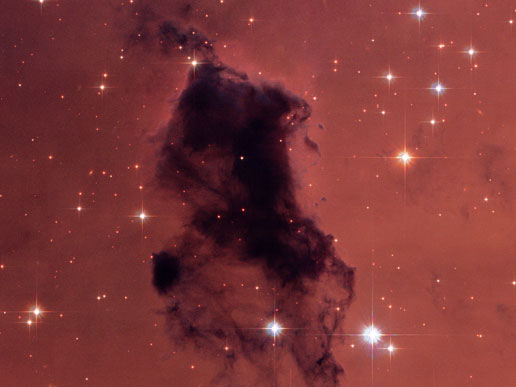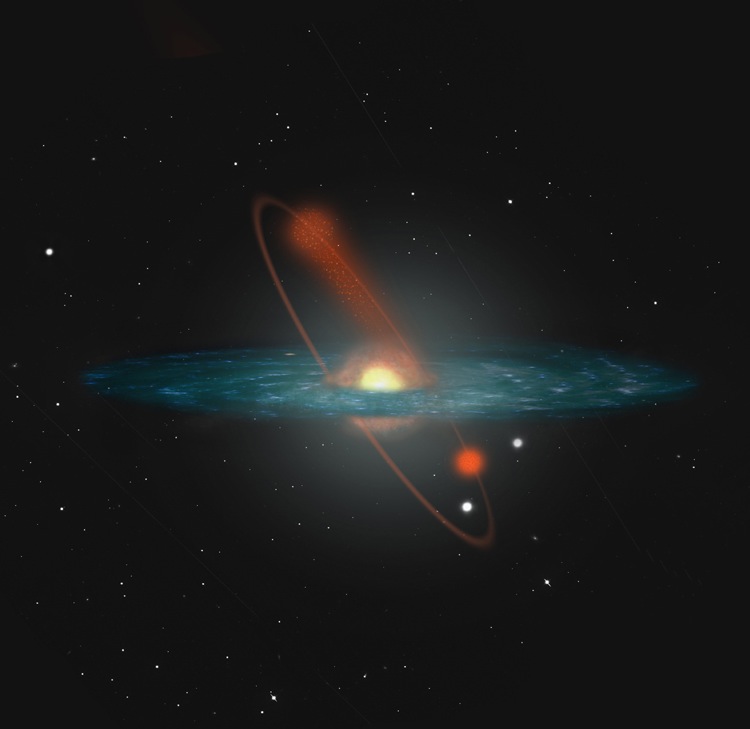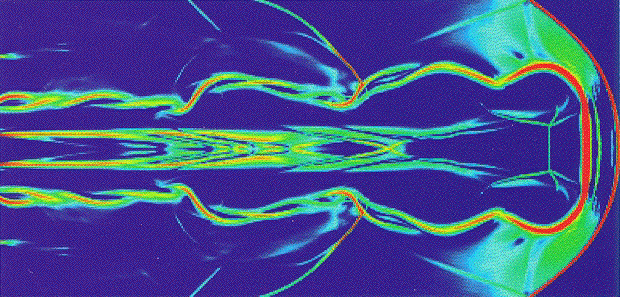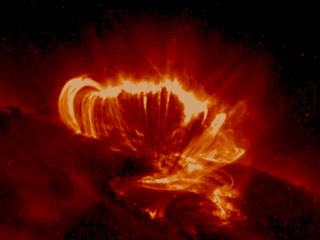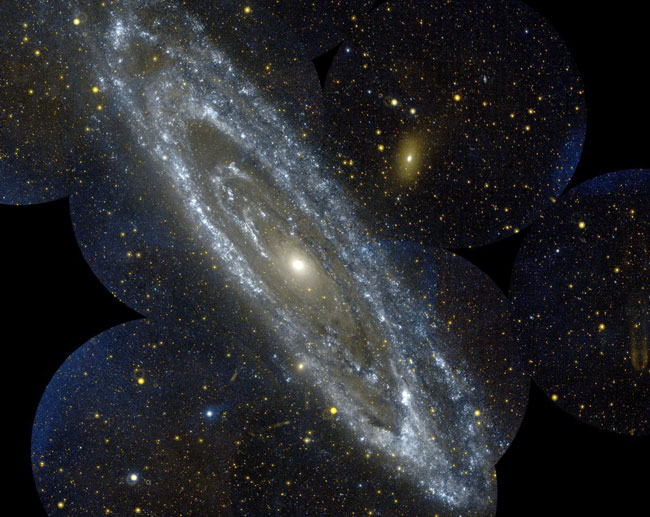[/caption]
Everyone loves a theme. And this week we’ve collected together some of your questions about relativity. More light speed spacecraft, twin paradoxes, and the mixing up of gravity, time and mass. If you’ve got a question for the Astronomy Cast team, please email it in to [email protected] and we’ll try to tackle it for a future show. Please include your location and a way to pronounce your name.
Click here to download the episode.
Or subscribe to: astronomycast.com/podcast.xml with your podcatching software.
Relativity, Relativity and More Relativity – Transcript and show notes.


